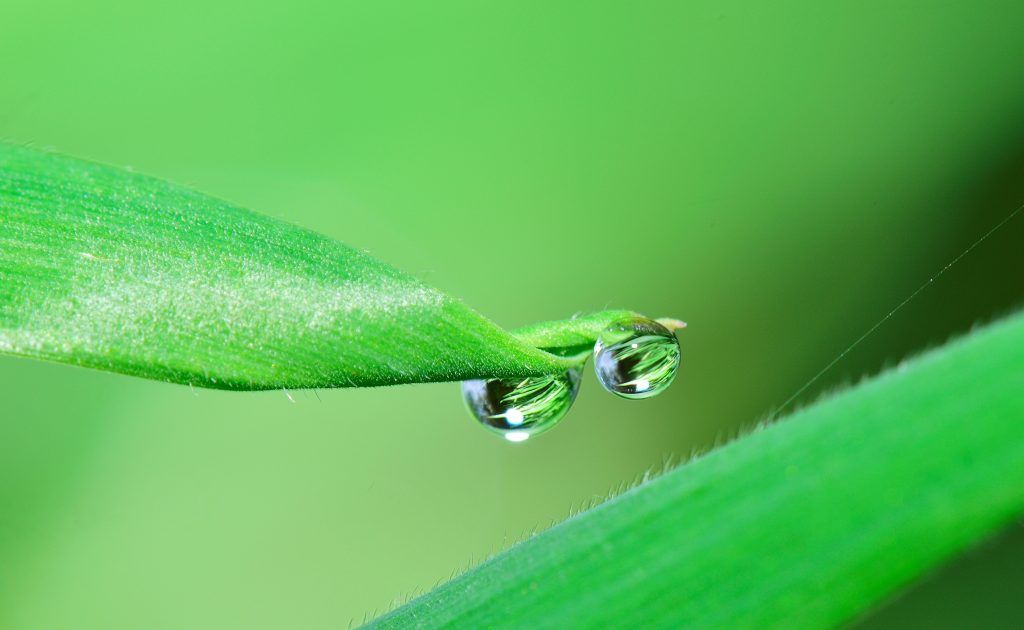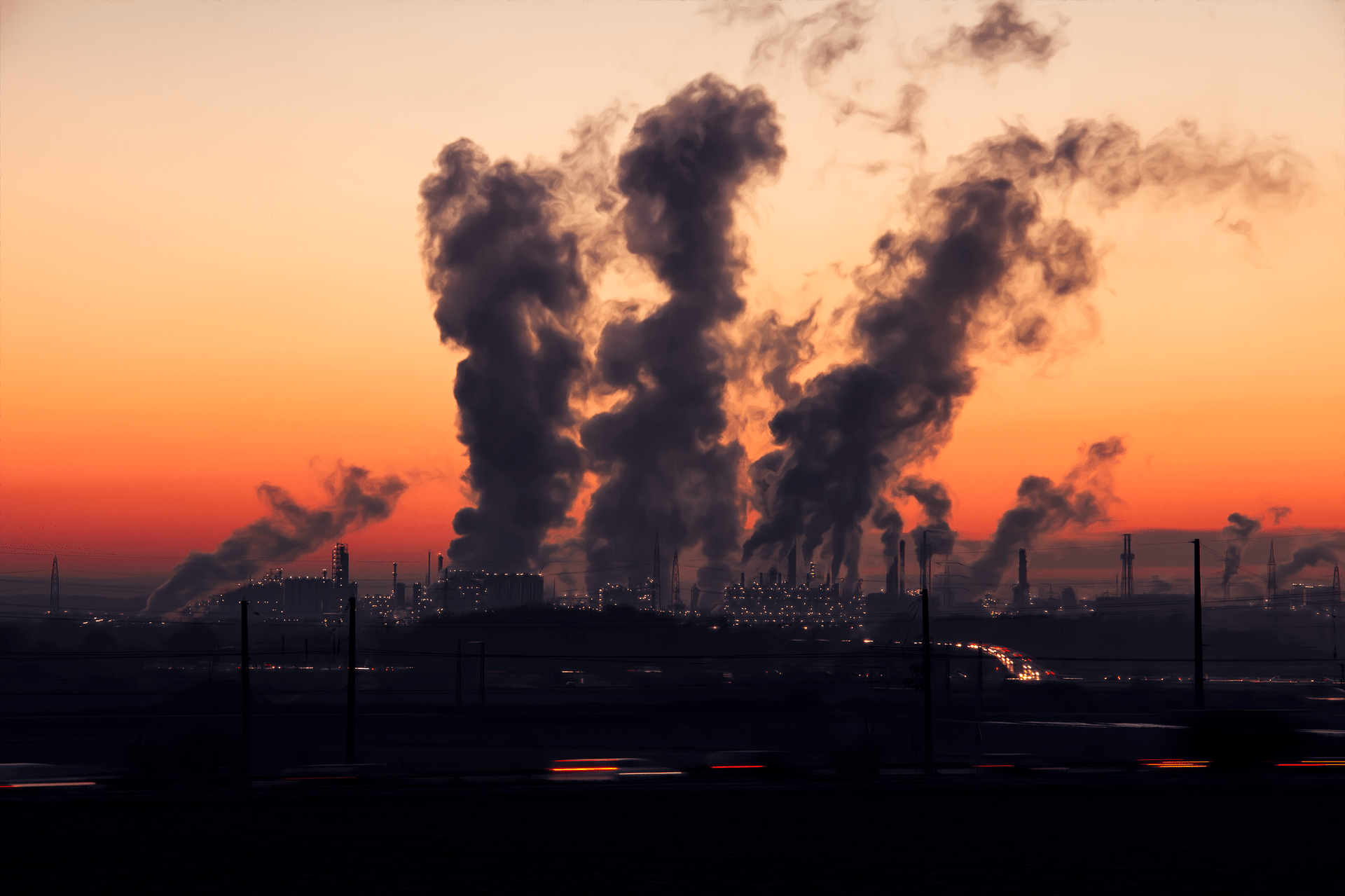Poor air quality can cause respiratory and cardiovascular diseases, diabetes and cancer. But its devastating effects also extend to biodiversity, as it poisons crops and forests, causing significant economic losses.
As part of the zero pollution ambition set out in the EU’s European Green Deal, the European Parliament has proposed setting stricter air quality standards by 2030 with targets for particulate pollutants.
The health cost of air pollution
Air has been polluted for decades by nitrogen dioxide, ozone and particulate matter, with higher concentrations in populated urban areas.
Particulate matter
Particulate matter refers to tiny particles or droplets. Being smaller than a hair, they can pass into the bloodstream through respiration. They can include organic chemicals, dust, soot and metals.
Chronic exposure can lead to respiratory and cardiovascular diseases that may be lethal to vulnerable people and can also lead to cancer. In 2020, exposure to particulate matter with a diameter of less than 2.5 microns caused the premature death of at least 238,000 people in the EU, according to the European Environment Agency.

EU Biodiversity strategy for 2030 |
Nitrogen dioxide
Nitrous dioxide is a chemical compound generated in engines, especially diesel engines. Exposure to it reduces resistance to infection and is associated with an increase in chronic respiratory diseases and premature ageing of the lungs. Nitrogen dioxide pollution caused 49,000 premature deaths in the EU in 2020.
Ozone
In the short term, breathing ozone irritates the eyes, respiratory tract and mucous membranes. It is particularly dangerous for people suffering from asthma and can be fatal in the case of chronic respiratory and cardiovascular conditions. In 2020, 24,000 people lost their lives prematurely in the EU due to exposure.
Although air pollution remains a problem, abatement policies have improved air quality in Europe over the last three decades. From 2005 to 2020, the number of premature deaths from exposure to particulate matter with a diameter of less than 2.5 microns fell by 45% in the EU.

Eurobarometer: Europeans seriously worried about air quality and call for stronger action
|
Loss of biodiversity
According to an analysis by the European Environment agency, 59% of forests and 6% of agricultural land were exposed to harmful levels of ozone in Europe in 2020. Economic losses due to the impact on wheat yields amounted to about €1.4 billion in 35 European countries in 2019. The largest losses were recorded in France, Germany, Poland and Turkey.
Sources of pollution
More than half of the particulate emissions come from the burning of solid fuels for heating. The residential, commercial and institutional sectors are the main source of particulate pollution in Europe.
Agriculture is also a major polluter, responsible for 94% of ammonia emissions, while road transport is responsible for 37% of nitrogen oxide emissions and agriculture for 19%.
All these emissions have been on a downward trend since 2005, despite the considerable increase in the EU’s gross domestic product.
What is the Zero Pollution Action Plan?
The EU’s Zero Pollution Plan contributes to the UN 2030 Agenda for Sustainable Development. Under the European Green Deal, the EU set the goal of reducing air, water and soil pollution by 2050 to levels that are no longer harmful to health and natural ecosystems and that are within the limits the planet can sustain. It defines a number of objectives to help achieve this goal by 2030:
cutting premature deaths from air pollution by more than 55%
reducing EU ecosystems where air pollution threatens biodiversity by 25%
cutting plastic litter at sea 50% and micro plastics released into the environment by 30%
Stricter 2030 limits for several air pollutants
Parliament’s environment committee adopted its position on improving air quality in the EU on 28 June 2023. It proposes strict targets for several pollutants including particulate matter, nitrogen dioxide, sulphur dioxide and ozone to ensure that air in the EU is safe to breathe and does not harm natural ecosystems or biodiversity.
More information: European Parliament







Leave a Reply